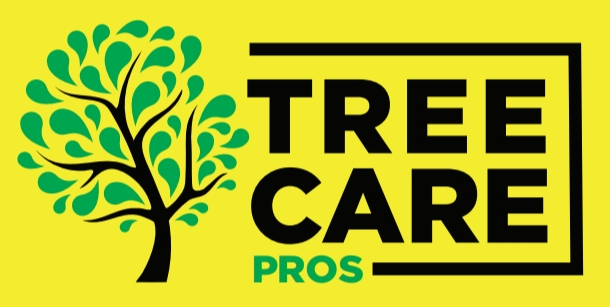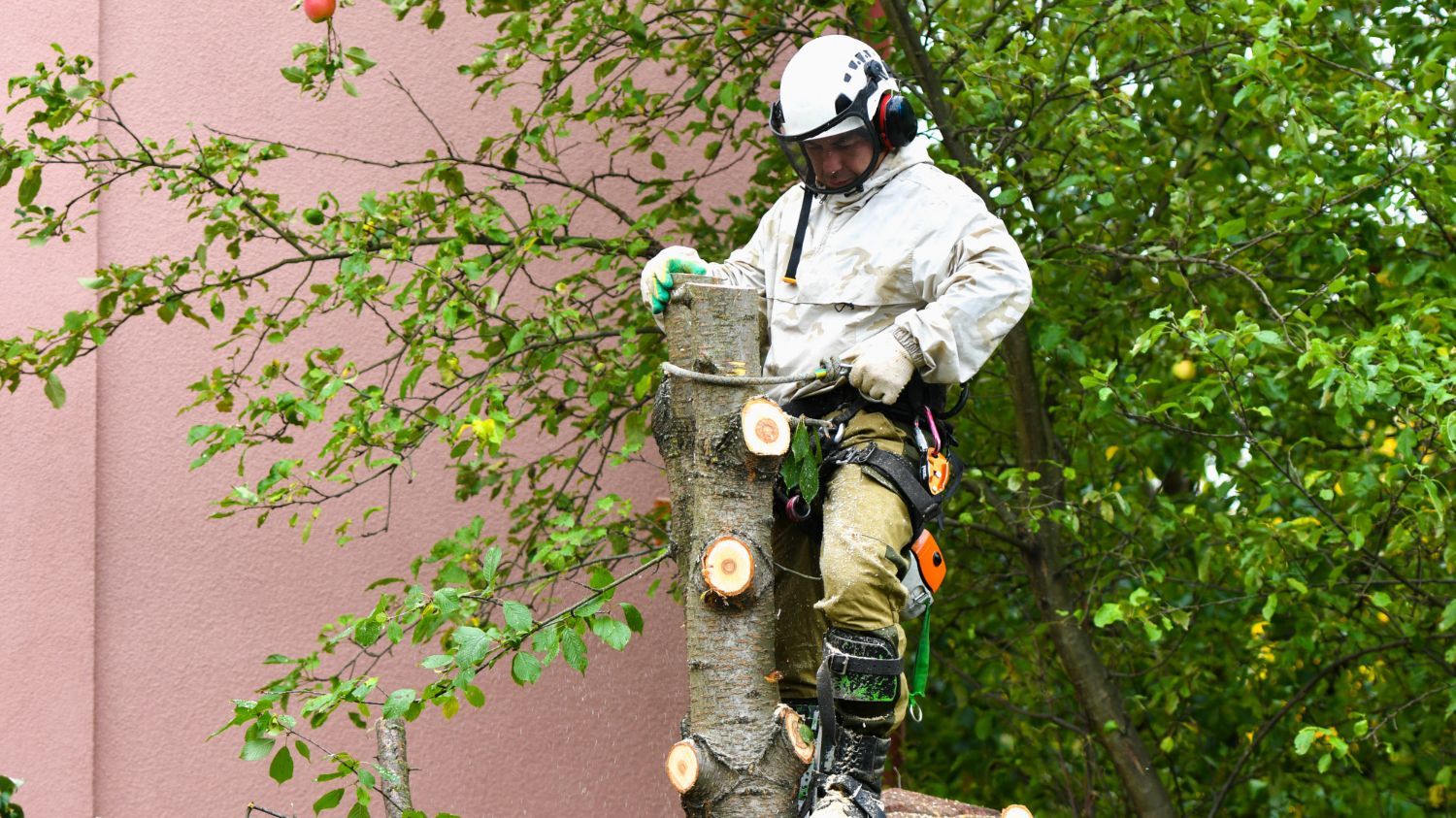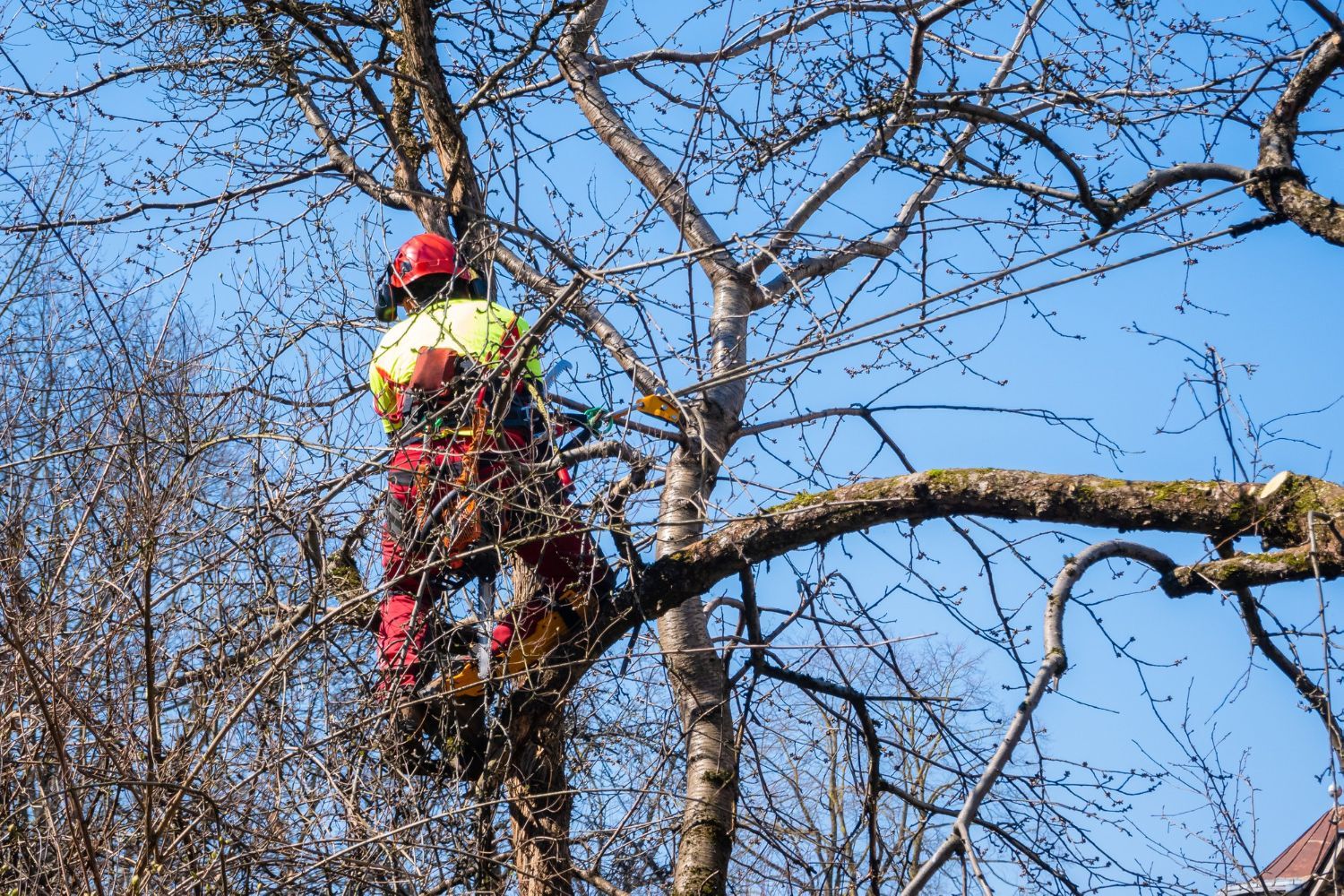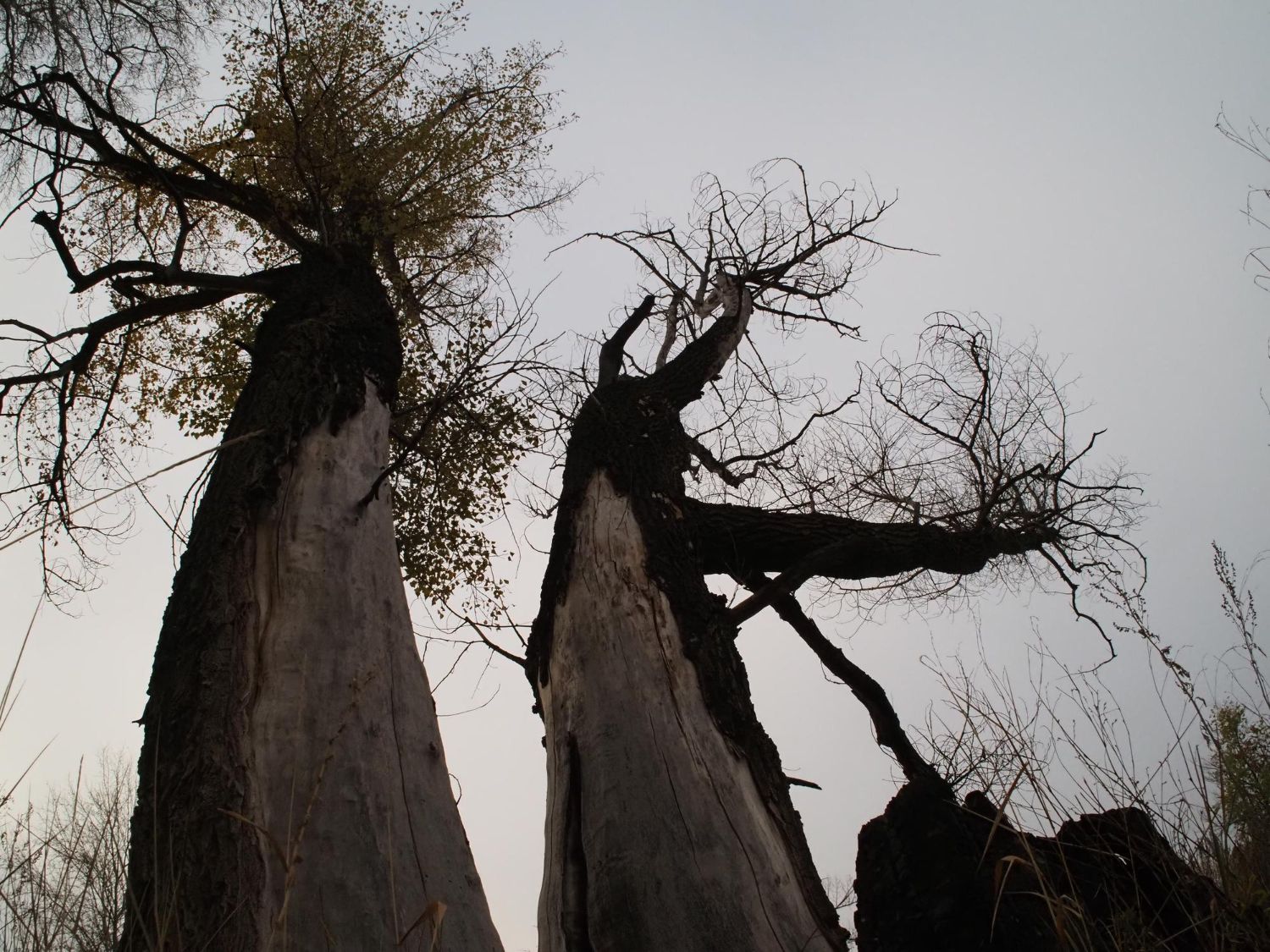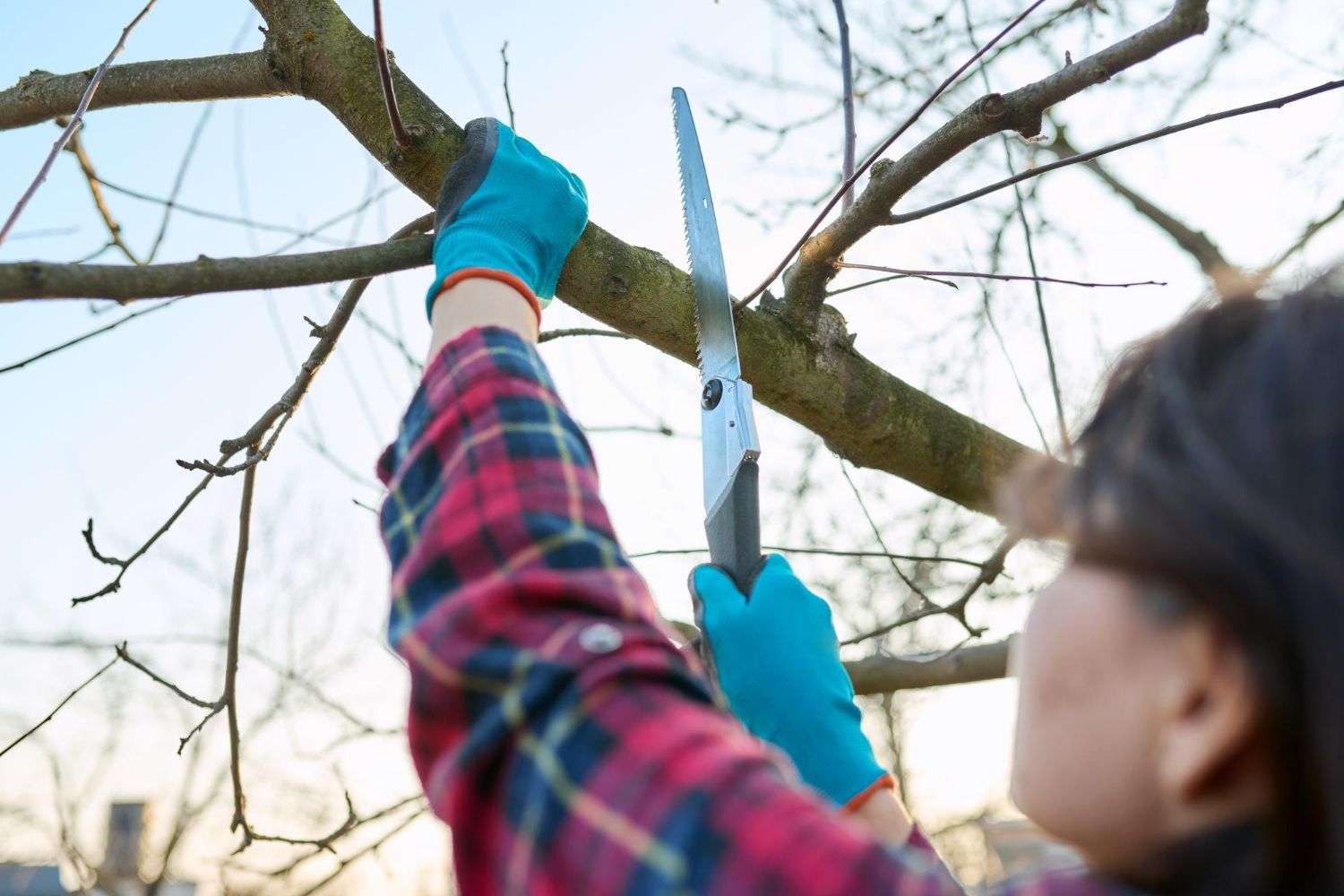How to Safely Remove Fallen Trees After a Storm
After a strong storm, fallen trees can become a big problem for homeowners and neighbourhoods. They block roads, damage property, and create safety hazards. Acting quickly to remove these trees is important, but knowing how to do it safely is even more crucial. Understanding the right steps helps you avoid further danger and protects your property.
Safety is the top priority when dealing with fallen trees. Before starting any removal process, it's important to assess the situation carefully. Checking for downed power lines and ensuring your surroundings are safe is the first step. Using the right equipment and knowing the safe ways to handle it helps you tackle the task effectively and safely.
Having a plan is key to any tree removal task. With the right approach and tools, you can clear the fallen trees confidently. However, some situations might be too complex or risky to handle on your own. Knowing when to call professionals for help ensures the job is done safely and efficiently.
Assessing the Situation and Ensuring Safety
When a storm hits and trees fall, the first thing you should do is assess the situation to ensure your safety and the safety of those around you. Before getting close to a fallen tree, check for any immediate dangers like downed power lines or unstable branches. These can be deadly, so keep a safe distance until you confirm that it's safe.
Look for any large branches or tree trunks that might be hanging or look unstable, as they can fall unexpectedly. If you see tension in the branches or trunk, it's best to wait until conditions are stable before approaching. Sometimes a tree can fall on other structures like fences or sheds, causing them to become unstable. This is important to note as it may require a different approach.
Make sure you're equipped with protective gear before attempting to remove any trees or branches. A hard helmet, safety glasses, gloves, and sturdy boots are essential to protect yourself from falling debris or sharp objects. Checking the stability of the ground you're standing on is also important, especially if it's wet or slippery from rain.
If the tree is blocking a road or poses a public hazard, contact local authorities. They can help manage traffic and make the area safe while removal happens. If you're unsure about the potential hazards, it's always better to err on the side of caution and consult a professional. Safety should always come first when dealing with storm-damaged trees.
Essential Tools and Equipment for Tree Removal
Having the right tools can make removing fallen trees a much safer and easier task. Before beginning, ensure you have all the necessary equipment in good working condition. Here's a list of essential tools and equipment you might need:
1. Chainsaw: A reliable chainsaw helps cut through thick branches and tree trunks efficiently. Make sure to have a chainsaw that you know how to operate safely.
2. Hand Saw and Axe: For smaller branches or when a chainsaw isn't needed, a hand saw or axe can be useful. They're easy to handle and safer for quick jobs.
3. Ladder: A sturdy ladder helps you reach higher branches, especially if the tree is large and spread out. Ensure it's stable before using it.
4. Rope and Pulleys: These tools are helpful for lowering large branches safely to the ground. They can help prevent branches from falling uncontrollably.
5. Wheelbarrow and Tarps: These make it easier to move and dispose of debris once it's cut. A wheelbarrow allows you to carry heavier loads, while tarps can be used to drag large piles of branches or trunk sections.
6. Safety Gear: As mentioned earlier, protective clothing is critical. Always wear a helmet, gloves, and sturdy clothes to protect against cuts and falling debris.
Ensuring that your tools are well-maintained and sharpened prior to use makes the job smoother and safer. Take the time to double-check equipment before setting out to work on a fallen tree. This preparation keeps you safe and efficient in managing storm aftermath.
Step-by-Step Guide to Remove Fallen Trees
Removing a fallen tree after a storm requires careful planning and execution. Follow this simple step-by-step guide to handle the task safely and efficiently:
1. Examine the Tree: Before cutting, take a close look at the tree’s placement. Check the direction it fell, any tension points, and places where the branches may be caught or tangled.
2. Trim Smaller Branches: Start by cutting away smaller branches and limbs. This clears your working area and reduces the weight of the larger sections, making them easier to handle.
3. Cut Larger Branches: Once the smaller branches are out of the way, begin cutting down the larger branches. Work from the top down to the trunk, always ensuring the cut sections are stable and won’t fall unexpectedly.
4. Section the Trunk: When you reach the main trunk, cut it into manageable sections. Cut pieces small enough to move easily but large enough to maintain their stability during the cut. Always cut perpendicular to the trunk to maintain control.
5. Clear Debris: As you remove sections, clear them away from your working area. Use a wheelbarrow or tarp to transport the wood and branches to a desired location for disposal or storage.
6. Check for Hazards: After the tree is removed, inspect the area for any leftover hazards like stumps, roots, or uneven ground. This ensures safety and helps restore the area.
Patience and caution are key to safely removing fallen trees. By following these steps, you ensure both your safety and the effectiveness of the task.
Knowing When to Call the Professionals
While you might feel ready to tackle a fallen tree, there are times when calling a professional is the best option. Some situations are simply too dangerous or complex to handle without expertise and specialised equipment.
If a tree is entangled with power lines, it poses significant risks that require professional intervention. Electricity can be extremely dangerous, and trained professionals know how to handle these situations safely. Never attempt to remove a tree that has come into contact with power lines on your own.
Trees that have fallen on structures, like houses or sheds, also call for expert help. Trying to remove a tree on your own could lead to further damage or injure yourself or others. Professionals can assess the situation and bring in the right equipment to remove the tree without causing additional harm.
Large trees require special equipment and techniques to remove safely. If the tree is particularly large or in a precarious position, it's wise to get help. Professionals are trained to handle difficult removals and can do so without putting anyone at risk.
Ultimately, knowing your limits and recognizing when a task is beyond your ability is crucial. Professional tree removal services, like those offered by Barrie Tree Care Pros, are equipped to handle these tricky situations safely, protecting both you and your property.
Conclusion
Dealing with fallen trees after a storm can be a challenging task. Safety should always be your top priority when assessing the situation and deciding on the course of action. Having the right tools and following a structured approach helps make the task manageable. However, recognising the limits of your abilities and knowing when to seek professional assistance is equally important.
Fallen trees pose potential risks, not just to property, but also to individual safety. Therefore, it's crucial to evaluate the environment, consider the complications, and understand when the job requires expert hands. Professional services can prevent further complications and ensure the tree is removed safely and efficiently.
If you're ever unsure about handling a fallen tree, don't hesitate to seek help. Barrie Tree Care Pros is ready to assist with expert guidance and professional tree removal services. Contact us to ensure your property is safe and all debris is cleared properly. Let us take the stress out of storm recovery by providing skilled support when you need it most.
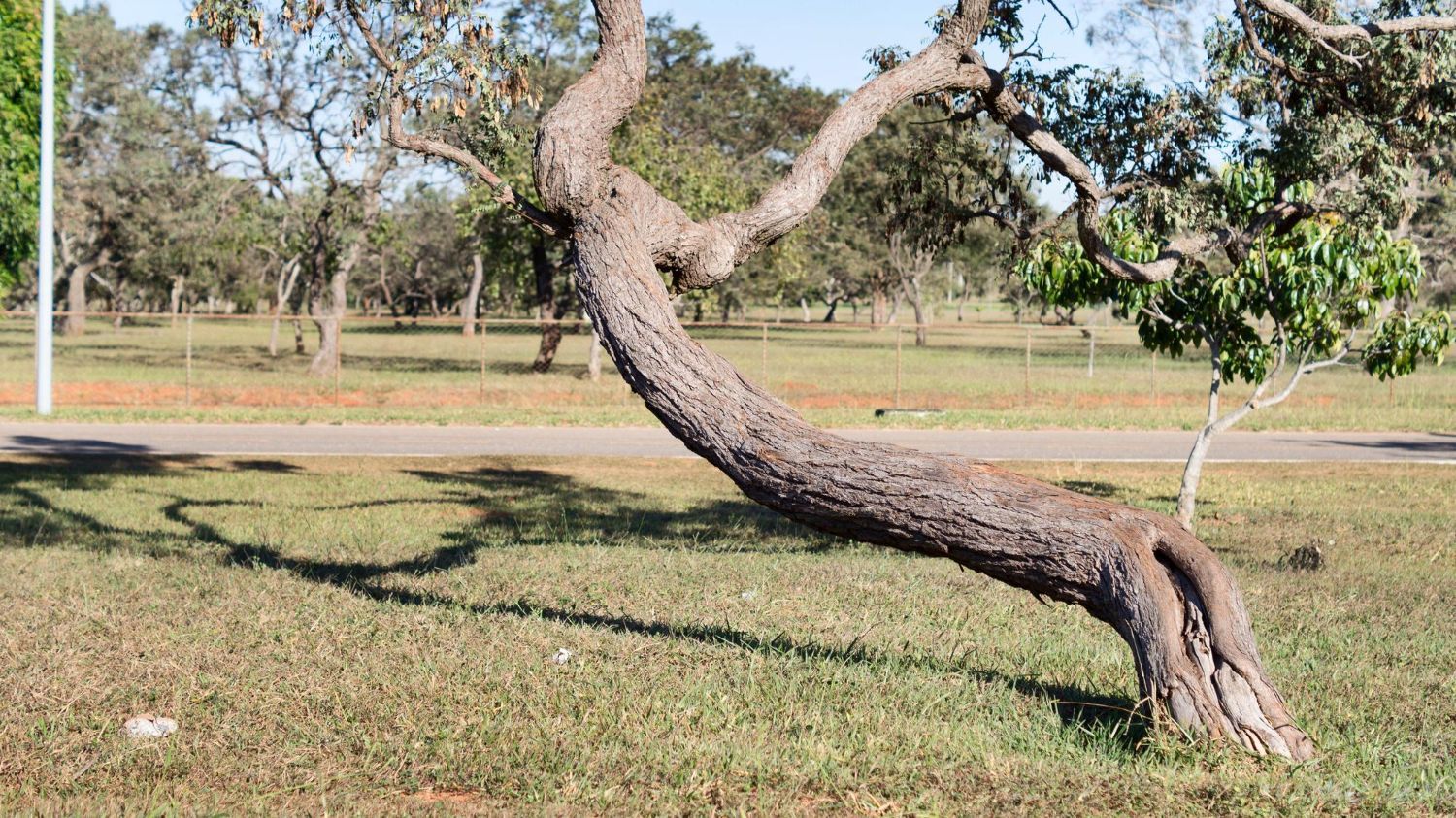
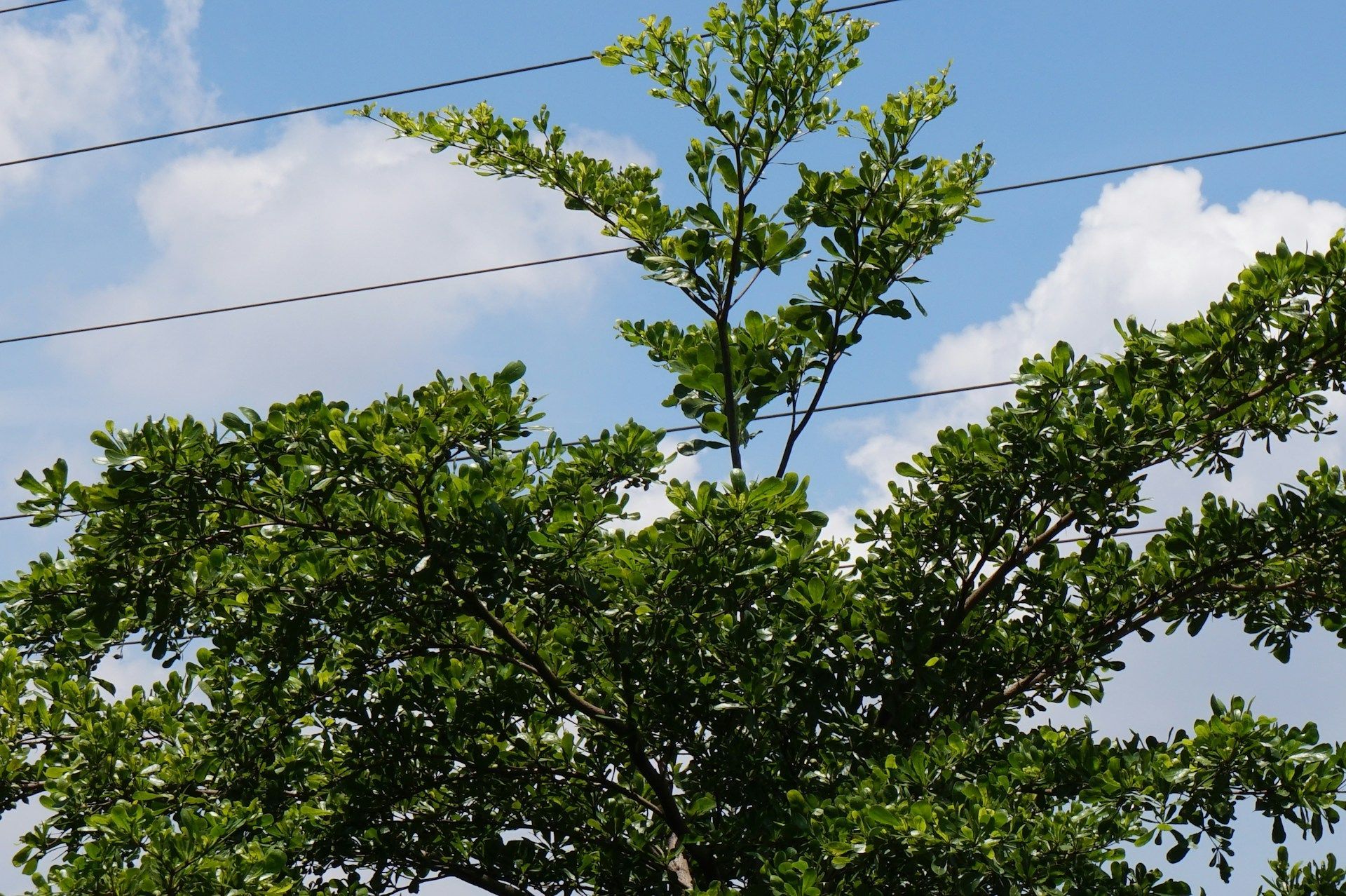
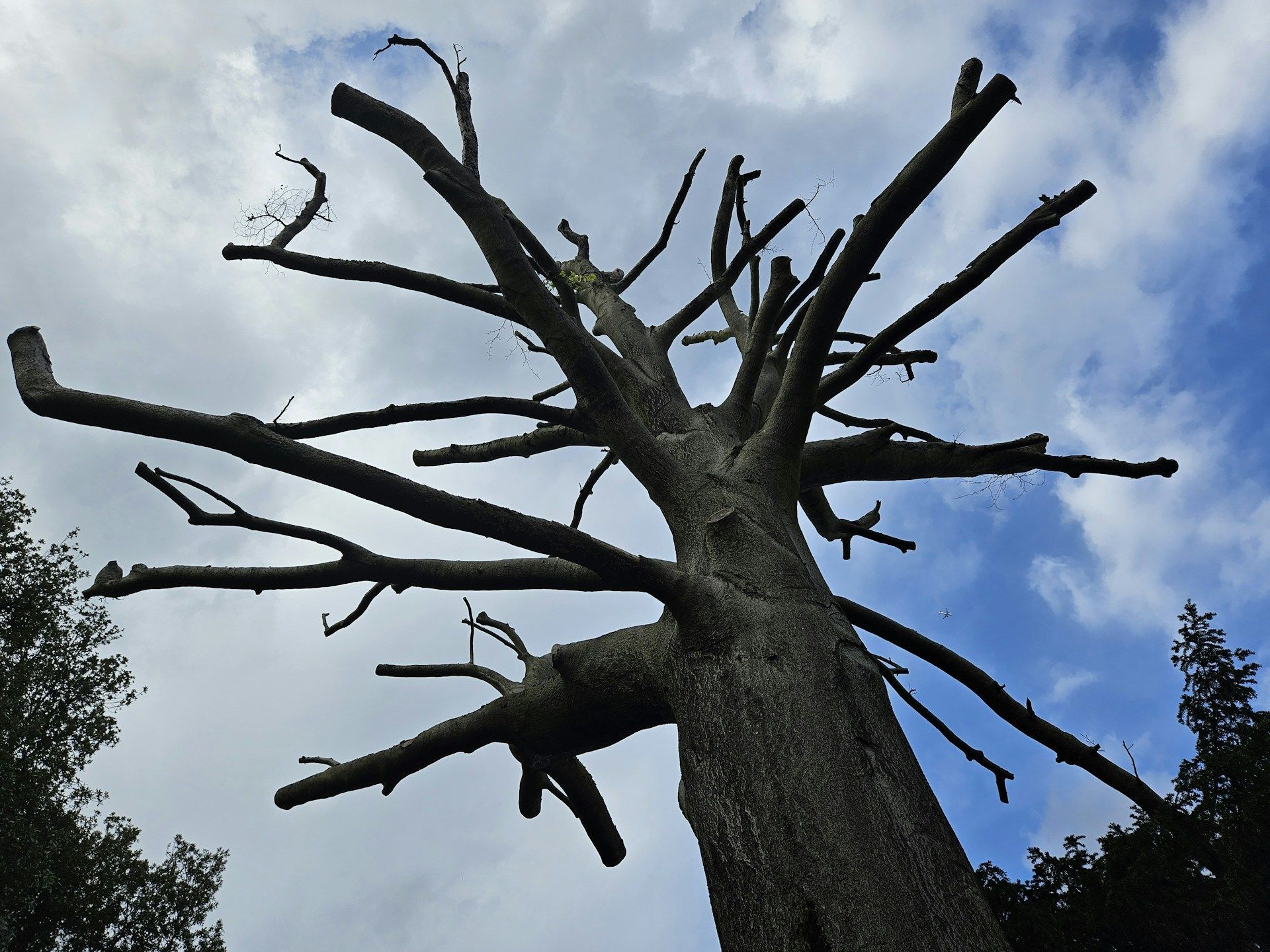
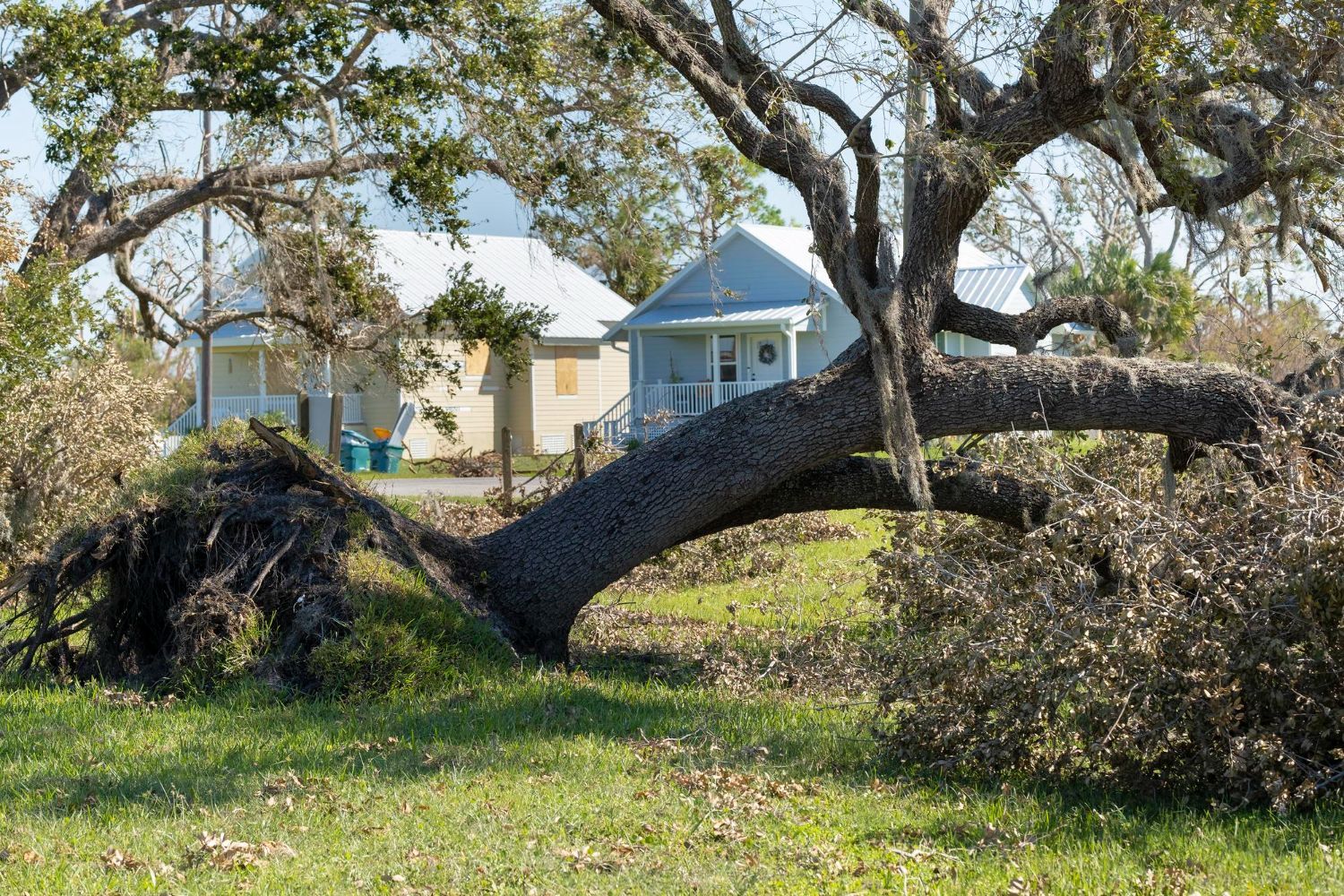
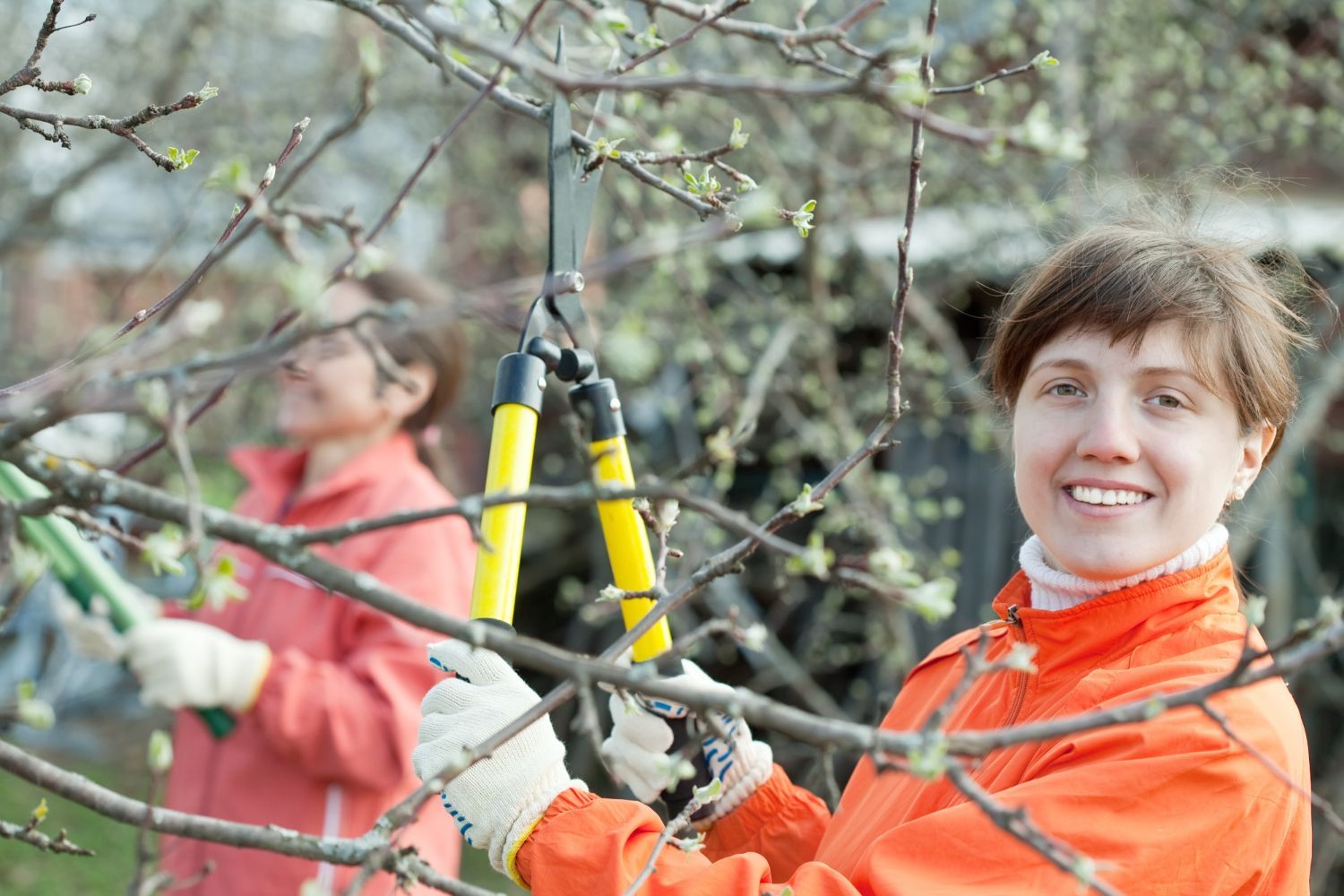
Contact
(705) 805-3696
service@barrietreecare.com
M-S - 9:00 AM - 5:00 PM
Serving Barrie | West Gwillimbury | Innisfil | Mara | Matchedash | Medonte | Nottawasaga | Orillia | Oro | Rama | Tecumseth
Copyright © 2017 Barrie Tree Care Pros, All Rights Reserved
This website is managed by a marketing service for the home improvement industry. All work is performed by licensed and insured contractors. We serve the public by referring inquiring parties to the most qualified expert.
